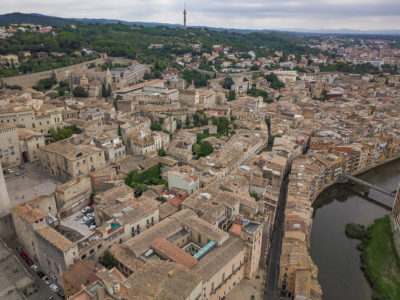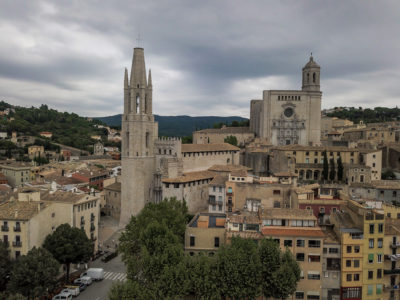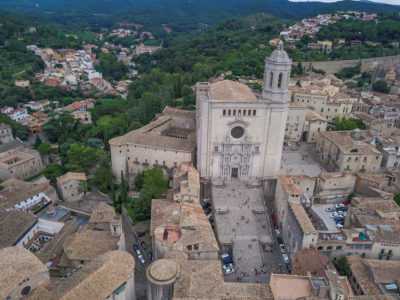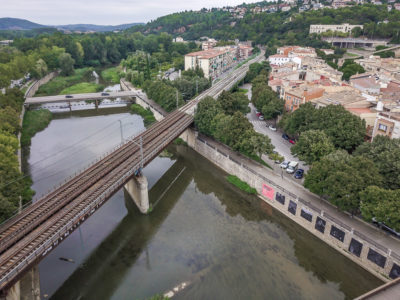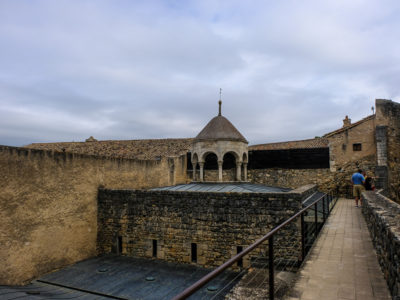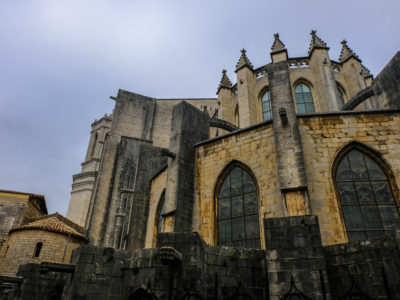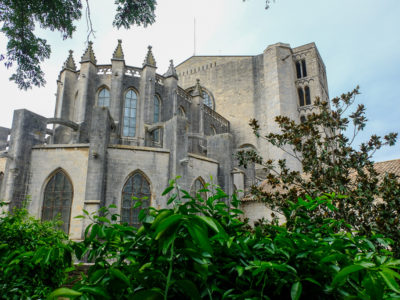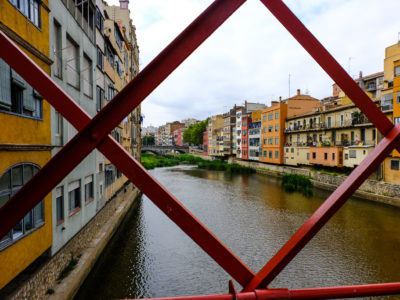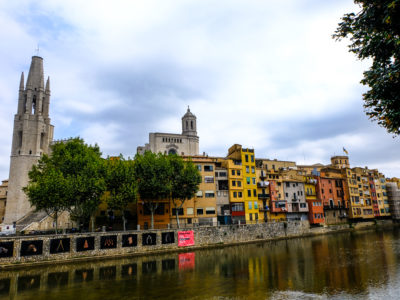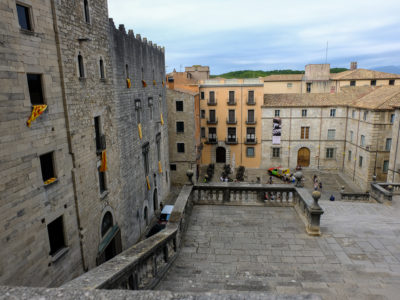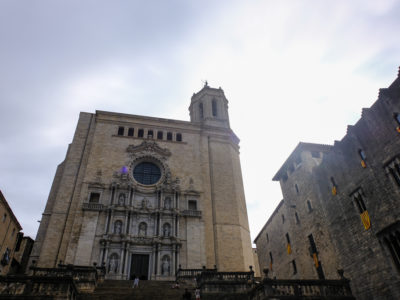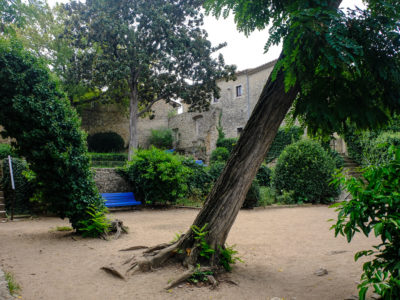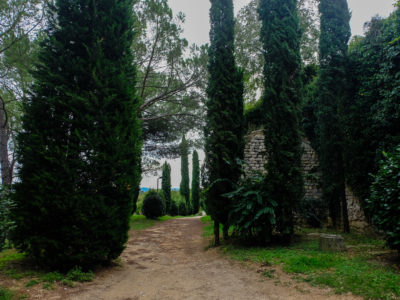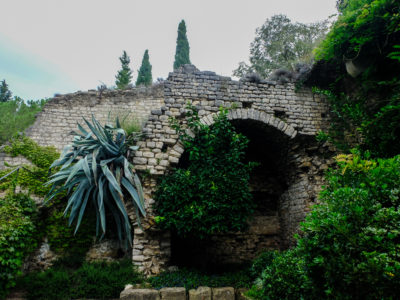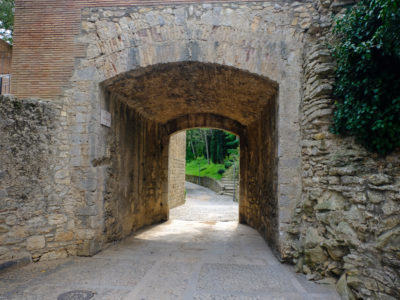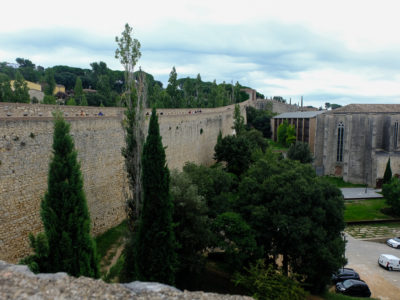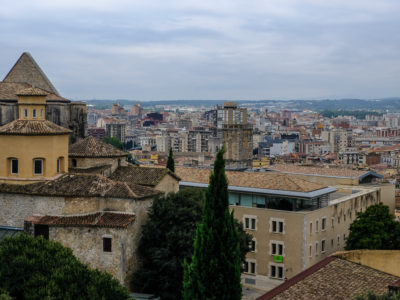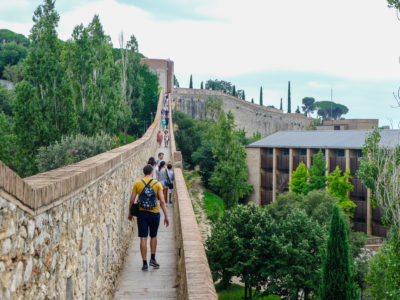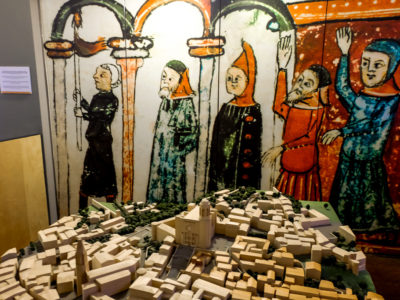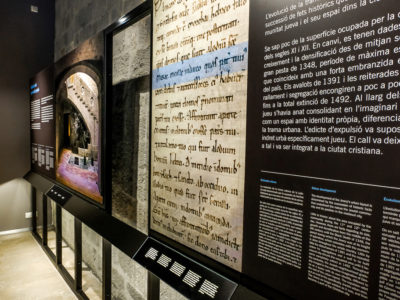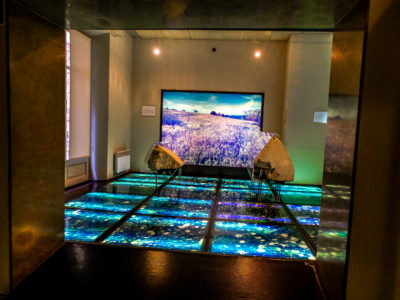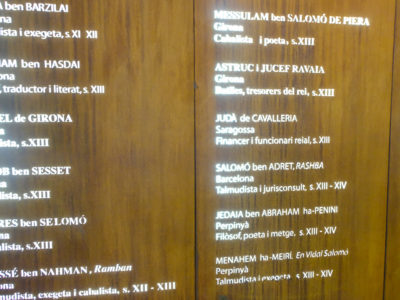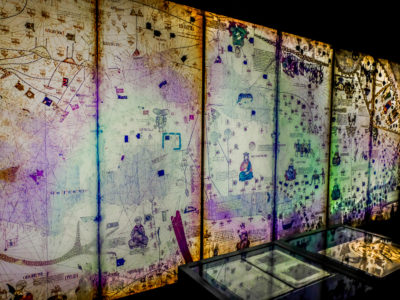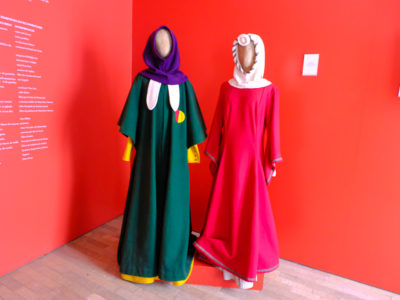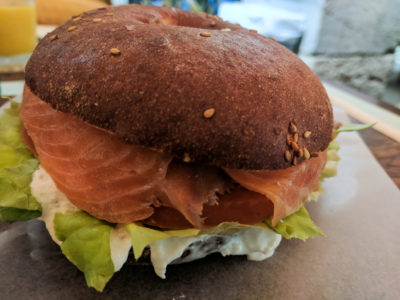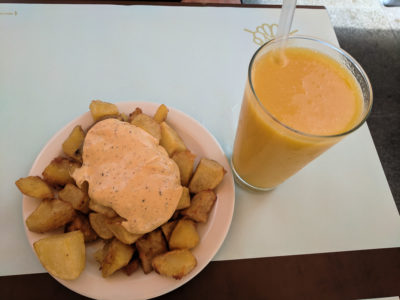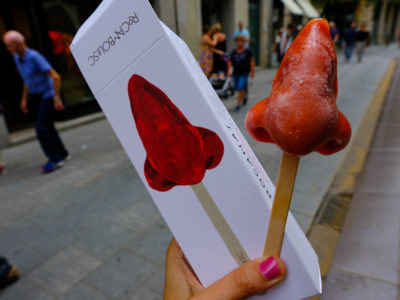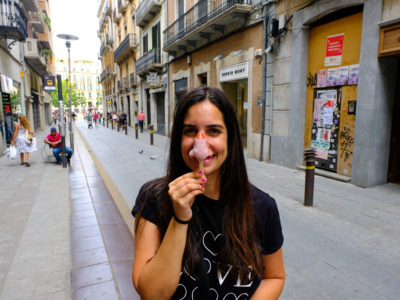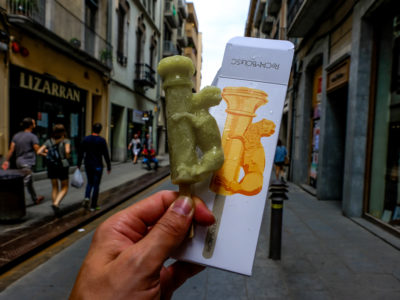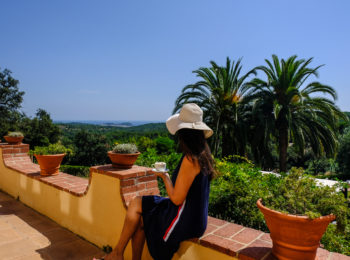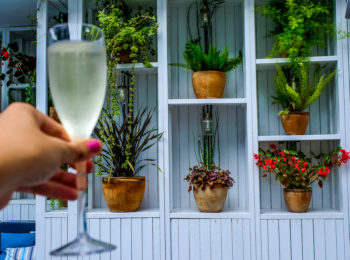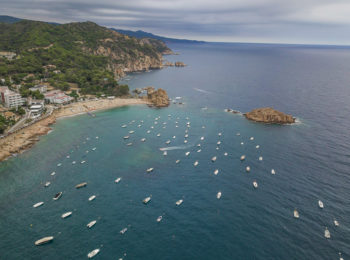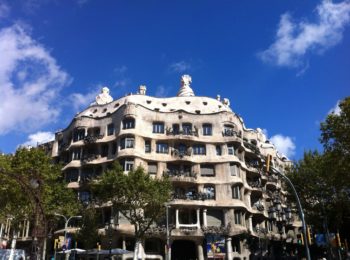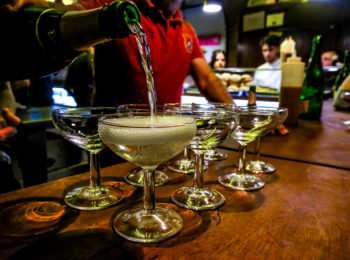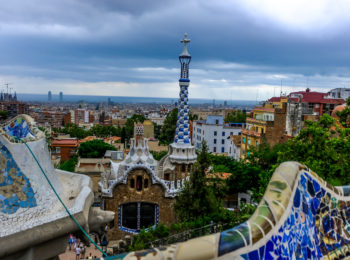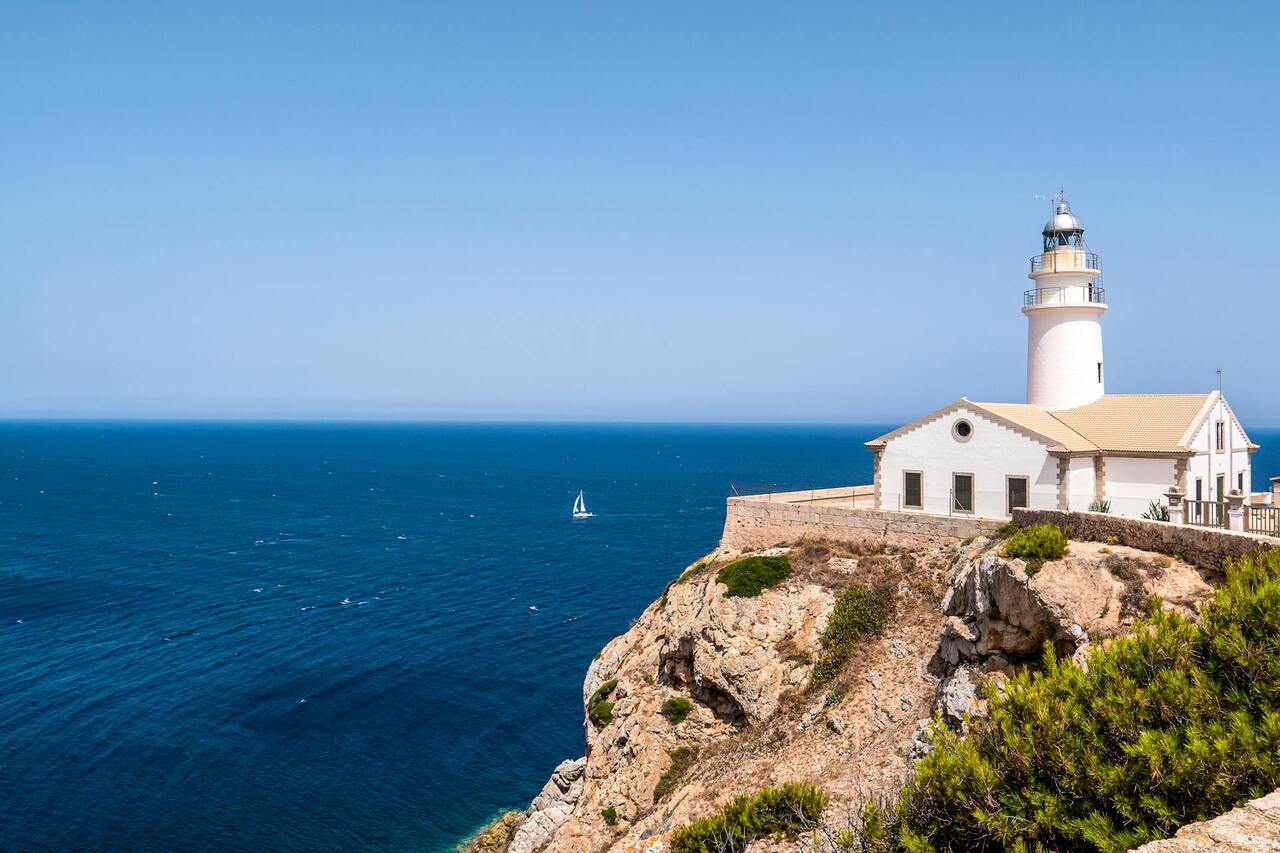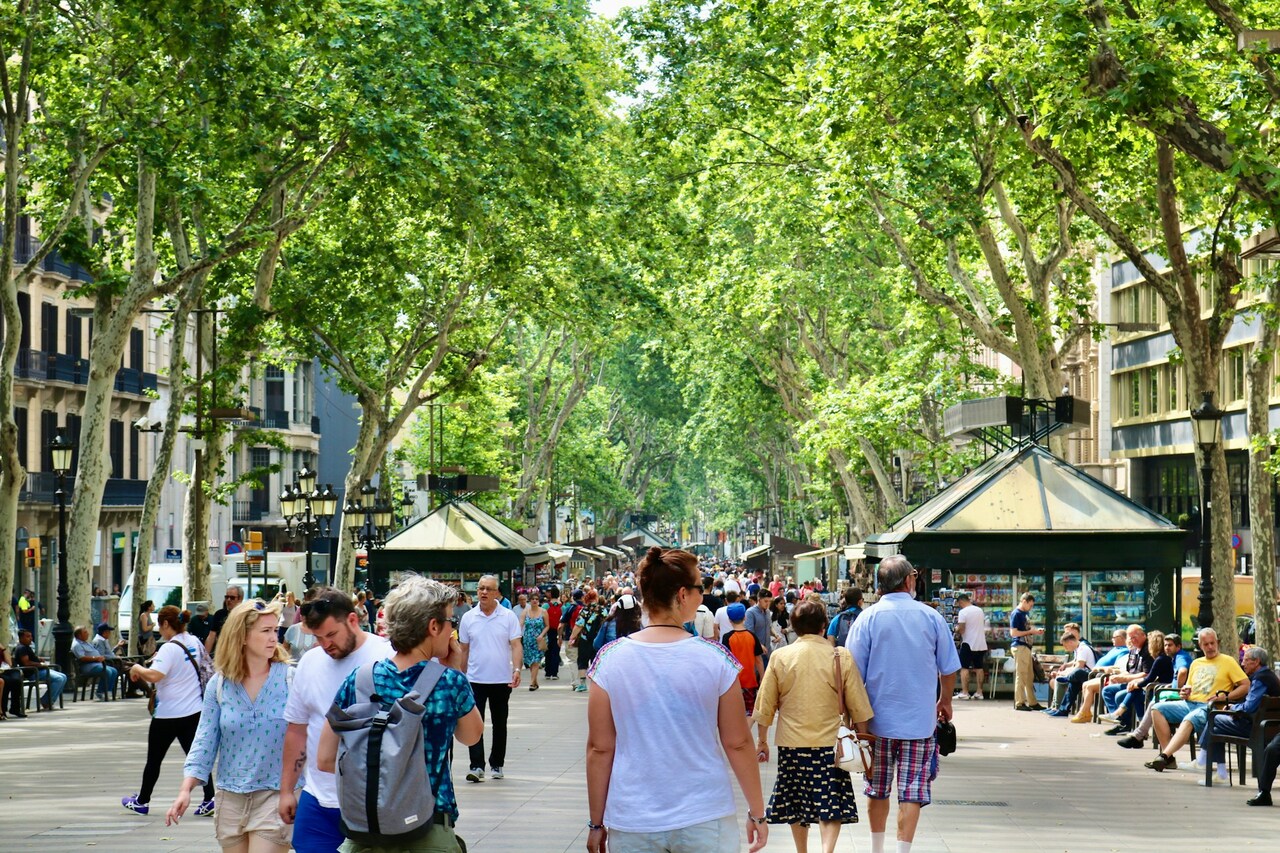Information about Girona
Girona is one of the largest cities in Costa Brava, it’s considered one of Spain’s oldest towns. It’s renowned for its medieval architecture and colourful houses by the river.
Girona is a city with a rich history and culture. It was developed by different communities and empires through history, including the Iberians, the Romans, the Arabs, the Jews and the Carolingian.
The old town has archaeological remains representing a variety of styles (Reflecting the different historical periods the city’s been through).
The city is really beautiful and unique, proved by the Game of Thrones series filming several scenes there. Girona is also known as a beloved destination for cyclists, thanks to its excellent bicycle trails (Lance Armstrong trained there). Additionally, there are beautiful walking tracks there.
How to reach Girona?
There are many ways to reach the city. First of all, it has its own airport (Mostly for domestic and private flights). Furthermore, you can reach it by car from Barcelona or another part of Costa Brava (We came from Lloret de Mar in Costa Brava). There are free parking areas (Usually full) as well as paid parking. There’s an option to arrive by direct train from Barcelona (A 40 minute ride), as well as busses from Costa Brava. Things to do in Girona
Tour of town
We went on a guided tour of the city with our guide, Anna. She has lived in Girona her entire life, so it was nice to hear a local tell the city’s stories, as well as describing the excitement when Game of Thrones filmed a few famous scenes from the 6th and 7th seasons there.
I honestly recommend doing a tour of the city, as it has a fascinating history. Anna also took us through all sorts of shortcuts and we reached less known, less touristed areas. We visited several landmarks during this tour, so if you don’t do it, they are worth visiting on your own.
E-mail for booking a guided tour puntdebenvinguda@ajgirona.cat.
Landmarks in Girona
Bridges on the river
Along the river are short bridges leading to the old town. You’ll definitely pass over them, but they are important for me to note, since I really liked the view of the colourful houses with the river and the cathedral seen over them.
Girona Cathedral
Also known as the Santa Maria cathedral of Girona.
Its building began in the 11th century, in the Romanesque style and continued during the 13th century in the gothic style. In its design you’ll find mixed styles including Romanesque, gothic, Baroque and neo-classic. (Map.)
Tip: I recommend going up the cathedral stairs (Not to be lazy and avoid the 90 stairs :)), then go to the right and up another flight of stairs (Only 5 stairs this time). There you’ll find a hidden gem of beautiful, not touristed gardens – Jardins De La Francesa (Map). From there you can continue to walk on the city’s walls.
Arabian-styled bathhouse, Banys Àrabs
Entrances requires a fee (2 euros for an adult and 1 euro for child/student)
The building is in a Romanesque style, but draws inspiration from the roman bathhouse, the Arabian bathhouse and the Jewish mikvah, a tradition which was restored in the 11th century. From the 14th century onwards, the building has operated as a public bathhouse. In the 20th century the Arabian baths were restore to their original look (Map).
This is one of the areas where they filmed a Game of Thrones scene 🙂
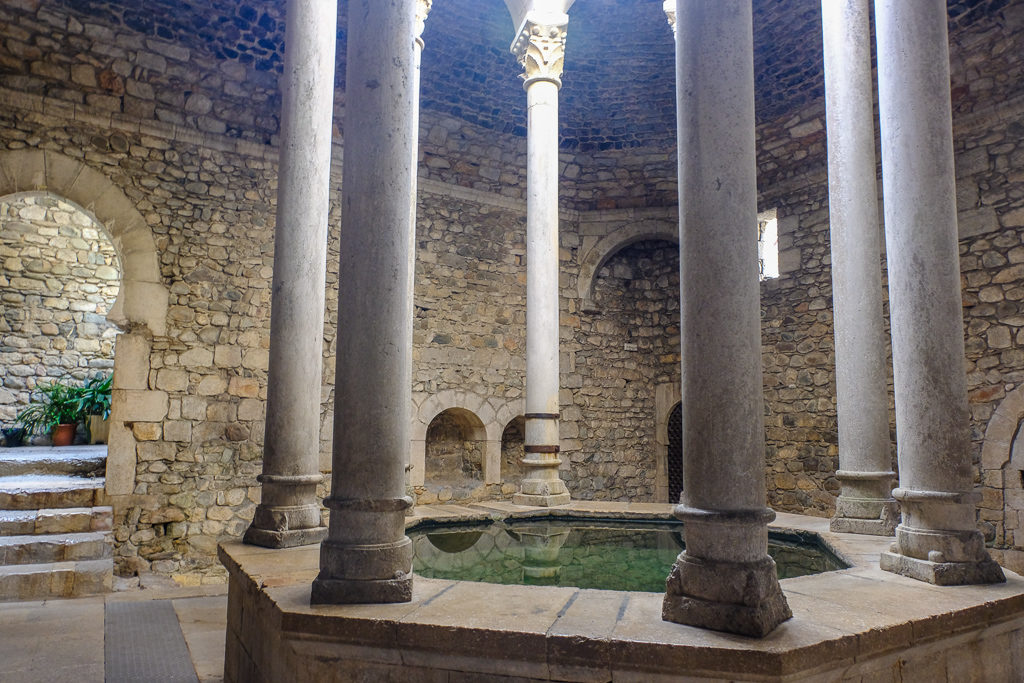
City walls
There are two walls you may walk on, one is short and the other is longer (About a km).
If you have time, it’s recommended to walk both walls, as each one offers a different view. However, if you’re short on time, go straight for the longer wall (Map).
The walkable trail was created by expanding the Roman walls and is known as “Passeig de la Muralla”. Some parts are really ancient (Some claim they date back to the first century), but many parts are a restoration after planned deconstruction (Which was done to expand the city).
The Jewish quarter
Girona had a Jewish community for 600 years which lived in the Jewish quarter. The community enjoyed the protection of the king, which saw it as a profitable business (Thanks to the taxes they paid). It was the 2nd largest community in Catalonia. Over time, its situation deteriorated, as it did in all of Spain (The beginning of religious prosecution), and some of them converted, some were murdered, and some were expelled.
To preserve and immortalize the Jewish community, a Jewish museum was built in Girona.
Jewish museum
Together with Anna we also toured the museum itself. The museum’s main purpose is to preserve and reflect the history of the Jewish community in Catalonia and Girona in particular.
The museum is large and interesting, even without a tour it’s recommended to go in and look around. It’s divided in a very comfortable way, each part reflecting a different aspect of the Jewish heritage and their lifestyle in Girona. Some parts of the museum teach about the Jewish traditions, such as tefillin, the Pesach Haggadah, the marriage ketubah (There are examples of items and a written explanation of each).
Other parts contain original items from Girona, form the days of the Jewish community, such as tombstones (They’ve found tombstones in the backyards of people which used them for construction, there are photographs showing how they were extracted and brought to the museum), There’s a memorial wall commemorating the names of important rabbis who lived in Spain and more. There’s an organized trail, allowing the visitors to learn about the aspects of day to day life, the culture and history of the Jewish communities of Catalonia and Girona during medieval times. Map.
La Rambla de la Llibertat street
This is one of Girona’s main streets and is found outside the old town. It’s a modern street where you’ll find many cafés, restaurants and shops. Map.
Where to eat in Girona?
Konig 2 bar-restaurant
After our tour we asked Anna for a recommendation for where to eat. We told her we wanted something light, and she recommended a restaurant-bar she eats at sometimes. The place is called Konig 2 and serves a wide variety of dishes;
Local tapas, salads, sandwiches, as well as regular western food like pasta and hamburgers. It’s not an exceptionally good place, but if you’re looking for reasonably priced, light food, this is a good option. I ordered a bagel with avocado and salmon and Roman ordered patatas bravas (A local potato dish) and a hotdog. Map.
Super cool ice-cream shop, Rocambolesc ice cream
Anna had another good recommendation for us, to go to an ice-cream place after our meal, which sells popsicles in cool shapes and different flavours. It’s an ice-cream shop famous for casting raspberry sorbet and rose water into a nose shape on a stick (And other cool shapes like a lion on a pole).
The owners are three of the most influential people when it comes to Catalonian food – The brothers Roca, Joseph and Jordi. I got the nose shaped popsicle and Roman got the lion. The popsicles are quite expensive at 4 euros a pop, but it’s worth it for the pictures, and honestly the nose was really tasty too 🙂 Map
The shop has additional branches in Barcelona and Madrid.

